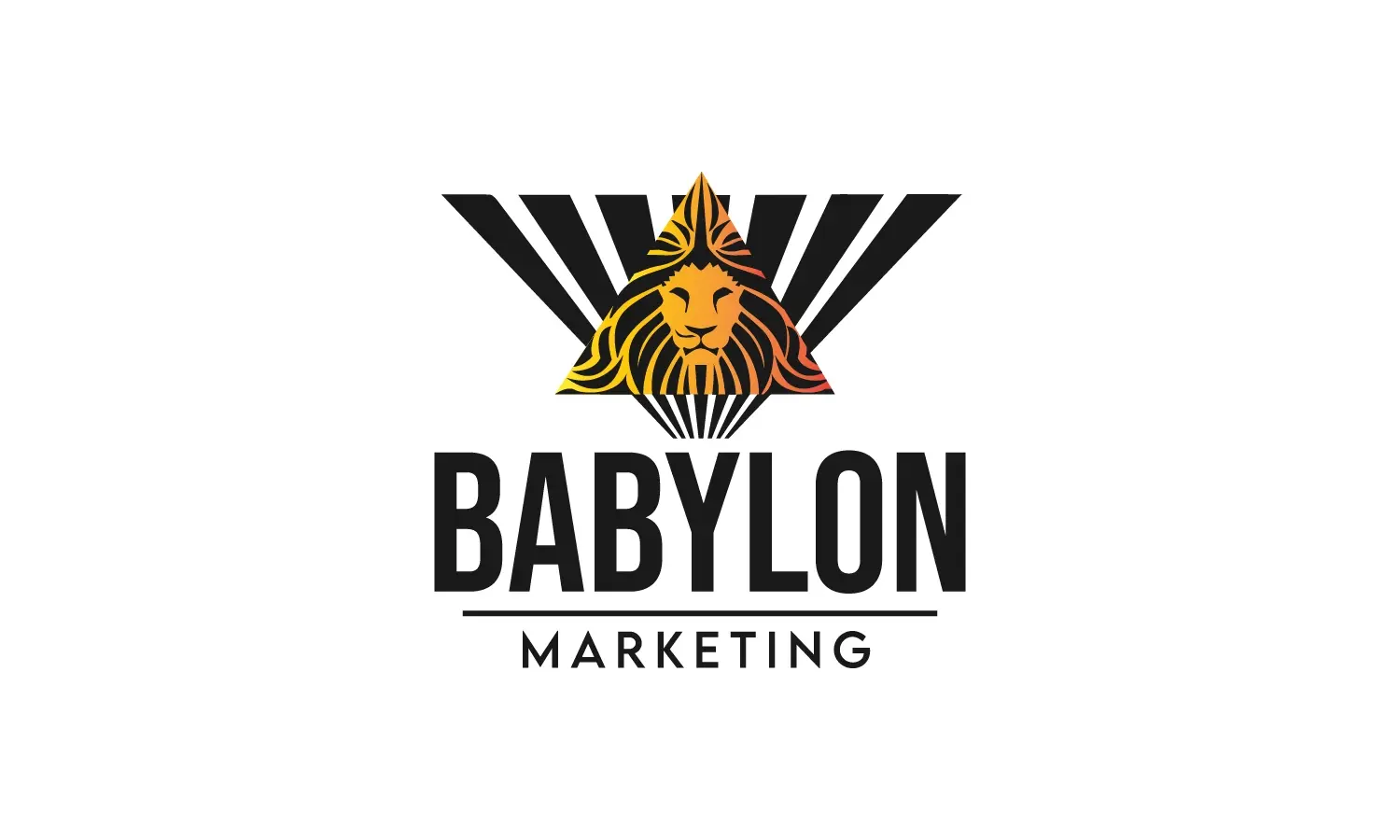In the ever-evolving world of digital marketing and website development, the concept of Core Web Vitals has gained increasing importance. As digital marketers or website developers, we constantly aim to provide an optimal user experience. The key to achieving this lies in understanding and implementing Core Web Vitals. This blog will take a deep dive into this concept, offering insights on how Core Web Vitals can positively impact your user experience and SEO rankings.
Understanding Core Web Vitals
Core Web Vitals are a set of metrics introduced by Google to measure the performance of a webpage. These metrics provide insights into the user experience offered by a webpage in terms of loading speed, interactivity, and visual stability. The three key aspects of Core Web Vitals are: Largest Contentful Paint (LCP), First Input Delay (FID), and Cumulative Layout Shift (CLS).
Largest Contentful Paint (LCP)
LCP measures the load time of the main content on a webpage. An ideal LCP score is 2.5 seconds or faster. Anything beyond 4 seconds is considered poor, potentially hurting your webpage's performance and SEO ranking.
First Input Delay (FID)
FID measures the time it takes for a webpage to become interactive. A good FID score is less than 100 milliseconds. A longer delay could lead to a frustrating user experience and negatively affect your SEO score.
Cumulative Layout Shift (CLS)
CLS measures the visual stability of a webpage. It quantifies the amount of unexpected layout shift of visual page content. An ideal CLS score is less than 0.1.
The Importance of Core Web Vitals
Now that we understand what Core Web Vitals are, let's dive into their significance in website development and digital marketing.
Enhanced User Experience
By focusing on LCP, FID, and CLS, you're essentially working towards providing a better user experience. A webpage that loads quickly, becomes interactive sooner, and offers a visually stable layout is likely to provide a satisfying user experience.
Improved SEO Rankings
Google has incorporated Core Web Vitals into its ranking algorithm. This means webpages with good scores are more likely to appear higher in search results. Therefore, optimizing for Core Web Vitals can significantly improve your SEO rankings.
How to Optimize for Core Web Vitals
Now that we understand the importance of Core Web Vitals, the next question is, how do we optimize for them? Here are some practical steps you can follow:
Optimize Your Images
High-quality, large images can slow down your webpage's load time. Compressing and correctly sizing your images can improve your LCP score.
Use a Fast, Reliable Hosting Service
Your hosting service plays a crucial role in your website's load time. Opt for a fast, reliable hosting service to enhance your webpage's speed and LCP score.
Minimize Javascript Execution
JavaScript can delay interactivity. Minimizing or deferring JavaScript on your webpage can help improve your FID score.
Ensure Visual Stability
To prevent unexpected layout shifts and improve your CLS score, specify size attributes for images and videos, and avoid inserting content above existing content.
Tools to Measure Core Web Vitals
Several tools can help you measure and analyze your Core Web Vitals. Here are some of them:
Google Search Console: It offers a Core Web Vitals report that provides insights into your webpage's performance.
PageSpeed Insights: This tool provides both lab and field data on a webpage's performance, including Core Web Vitals.
Lighthouse: An open-source, automated tool for improving webpage quality, Lighthouse also provides insights into Core Web Vitals.
In conclusion, Core Web Vitals are critical elements in the quest to provide a superior user experience and achieve better SEO rankings. By understanding and optimizing for these metrics, you can significantly enhance your webpage's performance and visibility. As the digital world continues to evolve, staying abreast of such developments will ensure your success in the landscape of website development and digital marketing.


